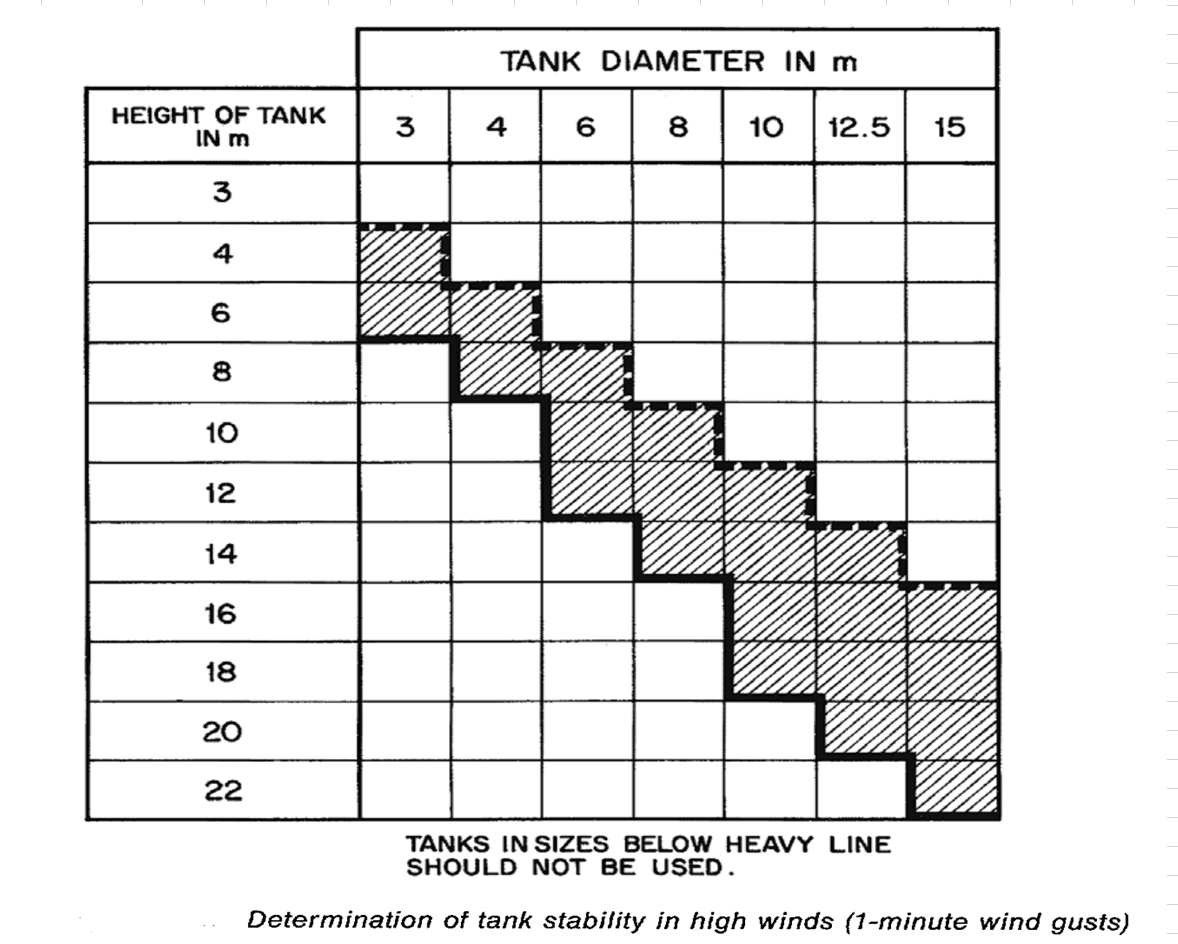Hi Mr. Breizh,
Thanks for responding and for the useful attachment.
I can understand that the system curve would be shifted if we reduce the pressure drop. Since, the pump i am referring is equipped with VSD, the change in system curve may be tackled i believe.
As the pump input power is (Density*g*Q*H)/ Pump eff., will the decrease in diff head by 2%, reduces input power by 2%? or anything else am I missing?
Hi,
Consider studying this document related to centrifugal pump.
If you reduce TDH you will reduce the power consumed. TDH being Discharge head- Suction head.
Pay attention also to efficiency, this also an important parameter.
You should prepare a specification sheet and submit it to reputable vendors to get a technical proposal.
Good luck
Breizh

 FB
FB











